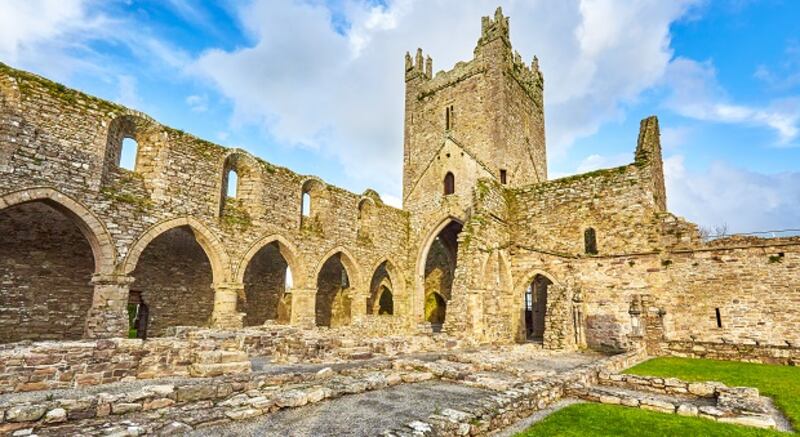Virginia Teehan’s career is filled with highlights. From her time as university archivist at UCC to the directorship of the Limerick Museum and the Hunt Museum, she later became director of cultural projects at UCC, and executive producer for the RTÉ/UCC award-winning documentary, The Atlas of the Irish Revolution.
Teehan has a special interest in the Irish Arts and Crafts Movement, and has curated over 80 exhibitions in Ireland and internationally. Hailing from Callan, Co Kilkenny, we discover a little more about her passions.
What interested you in a career in heritage?
I have always been passionate about history and heritage and knew from my school days that I wanted to work in this area. My route was a conventional academic one with a primary degree and Master’s in history. Qualifying as a professional archivist has been the cornerstone of my career and that rigorous training remains with me to this day. More recently, I completed an MBA, which has been useful in my CEO role. Experience on the ground working in both the public and private sectors and meeting people is the most fertile learning environment. It’s also the most enjoyable.
What is your favourite aspect of heritage in Ireland?

I love the beauty of design and craftsmanship which has survived across the centuries. The Cistercian abbey at Jerpoint, Co Kilkenny, houses the work of Rory O’Tunney, who carved the tombs of Robert Walsh and his wife Katherine Poer, has been special to me since as far back as I can remember. The extraordinary jewel that is the Honan Chapel, University College Cork, represents the work of the best Irish designers, artists and makers of the early 20th century.
Which exhibitions have left an indelible mark on you?
The first major exhibition that I curated celebrated the 150th anniversary of the establishment of UCC, which had previously been Queen’s College Cork. The exhibition included a controversial statue of Queen Victoria, which had been buried in the grounds of UCC for about 50 years. We dug up the statue in the early hours of a dark, wet November morning. I oversaw its cleaning and conservation and included it as an exhibit. The exhibition stimulated extensive debate about the display of public sculpture – a debate which continues to this day. The exhibition coincided with a crucial time in the Northern Ireland peace negotiations.
President Mary Robinson and Queen Elizabeth very generously acknowledged its significance in advancing British-Irish relations at the first public reception they jointly hosted in St James’s Palace in late 1995. More recently, I co-curated a major exhibition at the McMullen Museum of Art, Boston College, entitled The Arts and Crafts Movement: Making it Irish, showcasing the work of artists, designers and craftworkers of the Irish Arts and Crafts Movement. The success of the exhibition has raised the profile of Irish decorative arts in the USA.
What’s your greatest concern for the preservation and promotion of Irish heritage?
The heritage sector has been profoundly affected by the pandemic. The allocation of an additional €900,000 to the Heritage Council to support our Covid Response Plan is hugely welcome, as is the appointment of Malcolm Noonan as Minister for Heritage.
The impact of climate change is the other major issue.All of us, as citizens, have a part to play in creating more sustainable futures for our planet. The energy and passion demonstrated by young climate activists and movements like School Strikes for Climate Action Ireland and Fridays for Future augur well for our need to change how we engage with the natural world and our environment.
What’s on the way in the coming months?

The psychological impact of lockdown has made people more aware of their own locale. There is increased engagement in our programmes, such as the Garden Butterfly Monitoring Scheme. Another Covid-19 response initiative, KnowYour5k, is all about sharing the story of your local place.
People can also look forward to innovative new programmes, as well as online development of Heritage in Schools, and work carried out by the National Biodiversity Data Centre.










